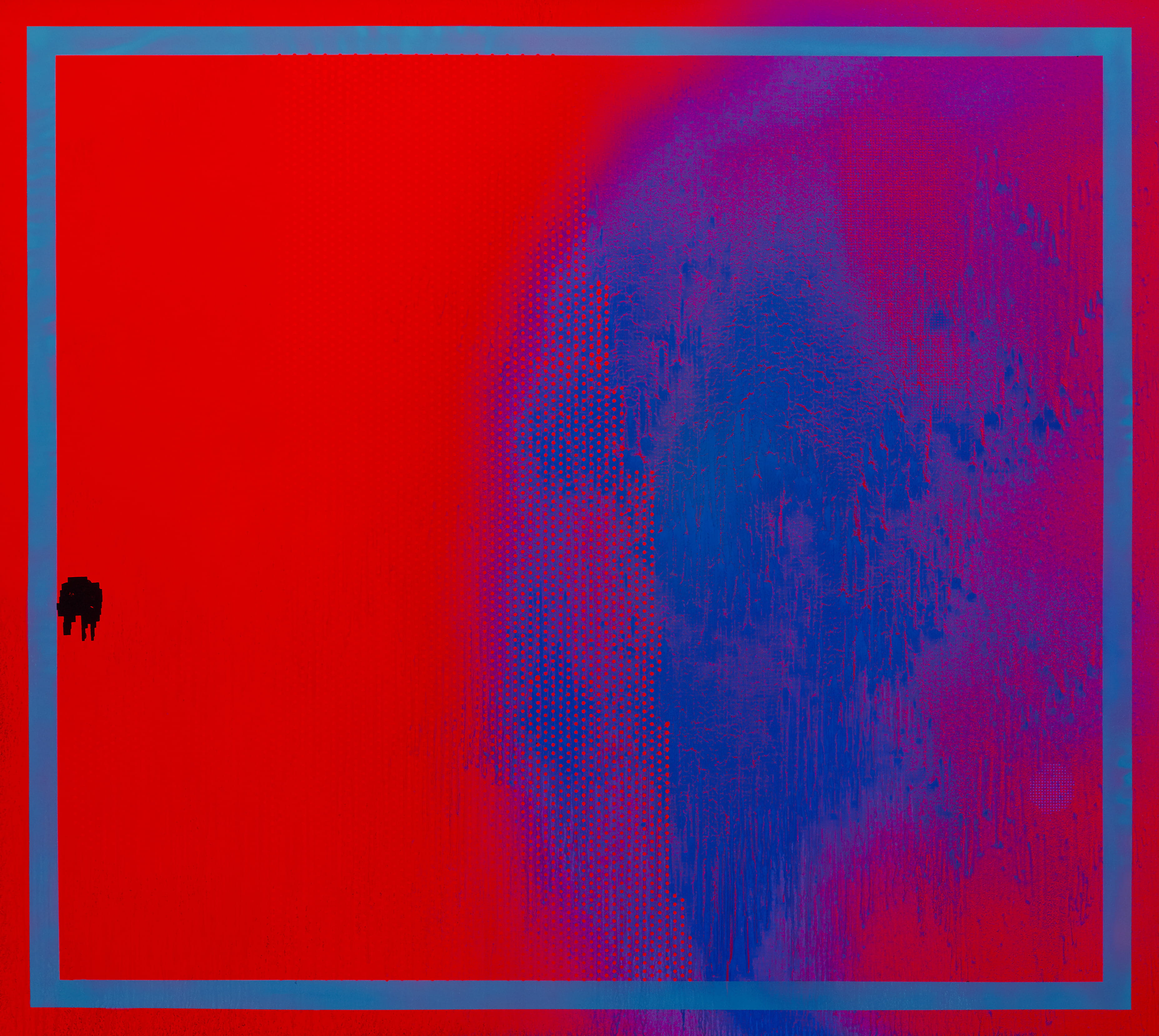
Jacqueline Humphries, “Untitled,” will be featured in the exhibition, and her pieces cause viewers to think about the way paintings are made and to question the limits of what painting can be. Credit: Courtesy of the artist and Greene Naftali, New York. Photo: Jason Mandella
Art and the digital age collide in abstract painter Jacqueline Humphries’ first large-scale museum exhibition at the Wexner Center for the Arts.
The exhibition, entitled “jHΩ1:),” which went on display Saturday and will run through Jan. 2, 2022, features over 30 of Humphries’ paintings, as well as her largest multipanel installation to date, according to a press release. Melissa Starker, spokesperson for the Wexner Center, said Humphries pushes the boundaries of abstract painting through her inclusion of common elements of digital communication, such as emojis, emoticons and CAPTCHA, in her artwork.
“It’s this really beautiful combination of abstraction — which can sometimes be seen as a bit daunting — and things that everybody who uses a phone or a computer is familiar with,” Starker said.
Starker said the exhibition also features a variety of Humphries’ other works, including her paintings that explore the visual language of logos, fluorescent paintings displayed under black light and a selection of protest paintings.
Regardless of the medium or subject, Starker said Humphries’ artwork is characterized by its engaging nature and the unique way it makes the viewer feel.
“It’s interesting because abstract expressionism is literally, you know, meant to be an explosion of raw emotion directly from the painter,” Starker said. “There’s something about how Jacqueline approaches this that just feels more like it’s inviting the viewer in, as opposed to just presenting something for them to absorb.”
Starker said the Wexner Center is known for its quirky architecture, which Humphries and guest curator Mark Godfrey took advantage of when they created their distinctive gallery setup for the exhibition. Daniel Marcus, associate curator of exhibitions at the Wexner Center, said visitors who are familiar with the center will be surprised by the ways Humphries and Godfrey have transformed the building through the exhibition setup.
“As you walk through the galleries, you are navigating the last seven years of her career and tracking the changes in her process and her shifting interests,” Marcus said. “But you’re also navigating a dialogue with the architecture of the Wexner Center, and that is really key.”
Marcus said Humphries’ exhibit reimagines the building’s architecture in a way that makes it seem “magical” again to the staff.
“It really helps to have an artist working with us who can help us to see what we’ve got, and to see how challenging and provocative the architecture can be, for artists and for us and for visitors,” Marcus said.
Marcus said Humphries has found ways to keep creating abstract art in a digital world that is no longer defined by canvas and oil paints.
“For the entire span of her career — and it’s an ongoing process — she’s been trying to think about that problem, and to work within the framework of painting being quote-unquote ‘dead,’” Marcus said. “In some ways, I think she’s just proven that whole idea wrong.”
Humphries has created paintings in this exhibition that cause viewers to think about the way paintings are made and to question the limits of what painting can be, Marcus said.
“The thing to look for and to think about with this exhibition, at least I think, is how do these artworks engage, grab hold of the stuff of our digital lives and make use of them and show us the world of the screen in a way that we aren’t familiar with?” Marcus said.
Admission to “jHΩ1:)” is free for members and college students. More information about Jacqueline Humphries and her exhibition can be found on the Wexner Center’s website.


